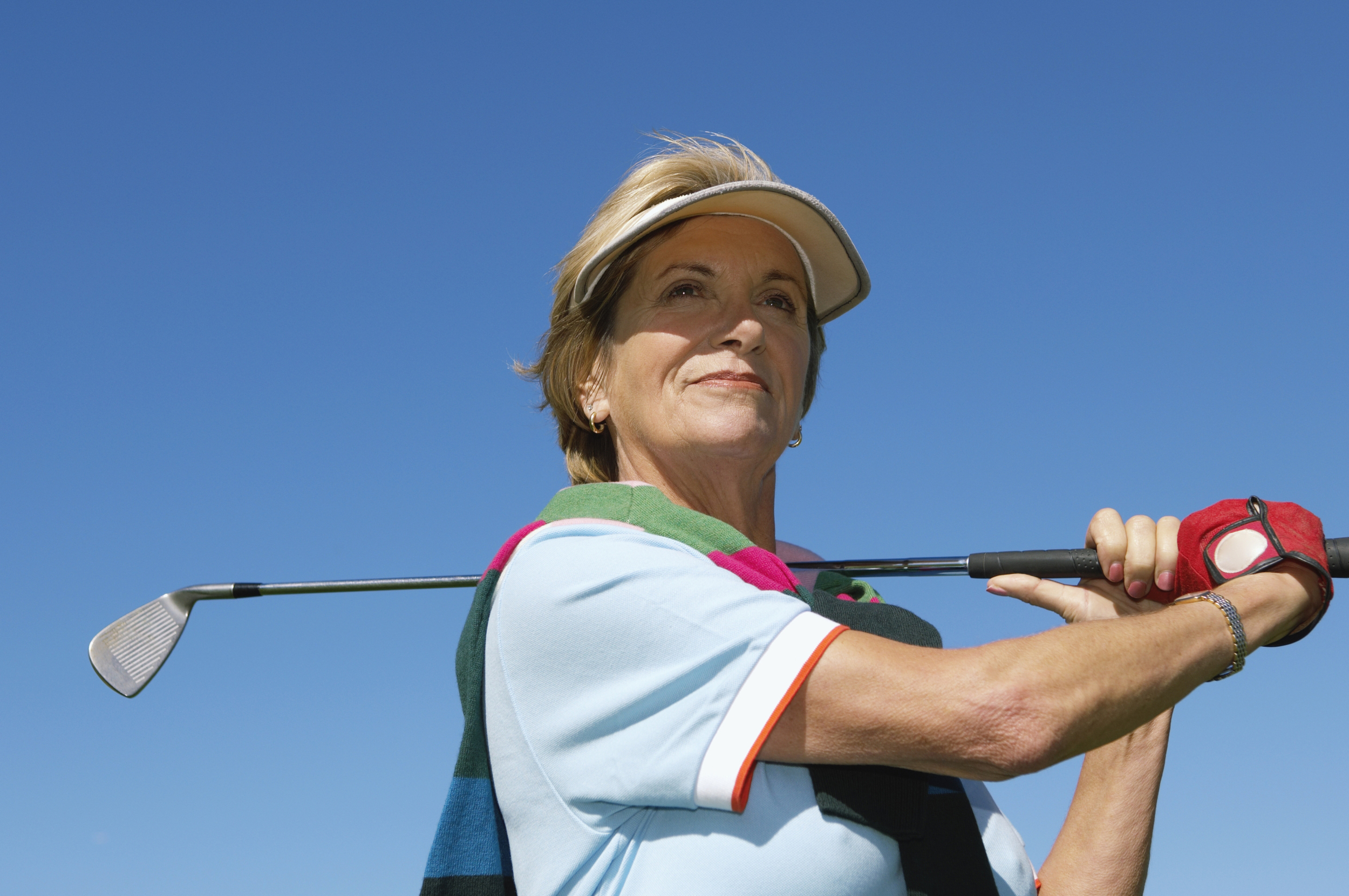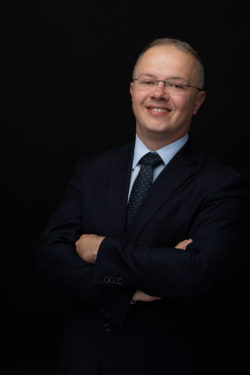Can’t swing like you used to?

Did you know that over 70 % of patients that undergo total shoulder replacement return to playing golf after surgery? Most people return to golf soon after rotator cuff or tennis elbow surgery. Mr Negru (FRCS, FEBOT, EMBA) is an expert Upper Limb surgeon based in Costa del Sol who routinely performs complex surgical procedures to treat shoulder, elbow and wrist pathologies and can help you return to golf in the shortest possible time.
There are many benefits of playing golf. Golf can reduce stress and lead to improved sleep, brain stimulation and weight loss. It is the perfect sporting activity for older people. A Swedish study showed that the death rate for golfers is 40% lower than other people with similar age and socio-economic background. However, golfers do experience significant injuries. Over a 2-year period, 60% of professionals and 40% of amateurs experienced a traumatic or overuse golf injury. Shoulder, elbow, wrist, and hand injuries rank amongst the most common in golfers. Risk factors for golf injuries are inadequate warm-up, faulty swing, excessive play that leads to overuse, and unintended impact when striking.
Most common upper limb injuries that need medical attention in golfers are:
Lateral epicondylitis (tennis elbow)
Lateral epicondylitis most commonly involves the lead arm. It is usually an overuse injury due to repetitive, vigorous contractions as gripping the club too tightly. The main symptom is pain over the lateral aspect of the elbow that gets worst with resisted extension of the wrist and fingers.
Medial epicondylitis (golfer’s elbow)
Medial epicondylitis is the second most common source of elbow complaints in golfers. It is usually traumatic and caused by a deceleration of the clubhead. It manifests with pain on the medial aspect of the elbow mainly with resisted flexion of the wrist.
Nonsurgical treatment of elbow epicondylitis consists in rest, non-steroidal anti-inflammatories, physical therapy, bracing, and corticosteroid injections.
Surgery should be considered if 6 to 12 months of non-operative treatment fails. Either open or arthroscopic techniques can be used with a high rate of successful outcomes.

Rotator cuff injuries
The shoulder is a common source of pain in golf players. Most of the pain comes from overuse injuries. The repeated adduction of the lead shoulder during the swing increases the load on the acromio-clavicular joint. In time this leads to the formation of inferior bony spurs that can lead to impingement and bursal-sided tears of the rotator cuff.
Injuries to the rotator cuff can result in shoulder weakness and pain that can make it very difficult to swing a golf club. Rotator cuff surgery can be performed arthroscopically through keyhole incisions in the shoulder. Specialized instruments are inserted through these incisions to reattach the tendon to bone. A sling for up to 6 weeks after surgery may be necessary.
Physical therapy is essential to achieve maximum mobility and function after surgery. Usually, putting is allowed 3 months after surgery, chipping is allowed 4 months after surgery, and a full swing is allowed 6 months after surgery.
If left untreated, a rotator cuff tear may worsen such that even routine activities of daily living may cause pain and loss of mobility. With rotator cuff surgery, most patients experience significant pain relief and return to golf.

Mr Marius Negru is a fellowship trained Upper Limb surgeon who treats exclusively shoulder, elbow and wrist injuries. For appointments visit www.mariusnegru.com
June 16, 2022 12:12 pm



Comments are closed here.